How Indy’s Red Line Transportation Project Affects Traffic Safety
In an effort to attract new businesses, improve access to jobs, and increase quality of life, Indianapolis is moving ahead with its regional transportation project known as Indy Connect. The Red Line is part one of the Marion County Transit Plan and the groundbreaking is scheduled to happen this year with completion targeted for 2019. […]
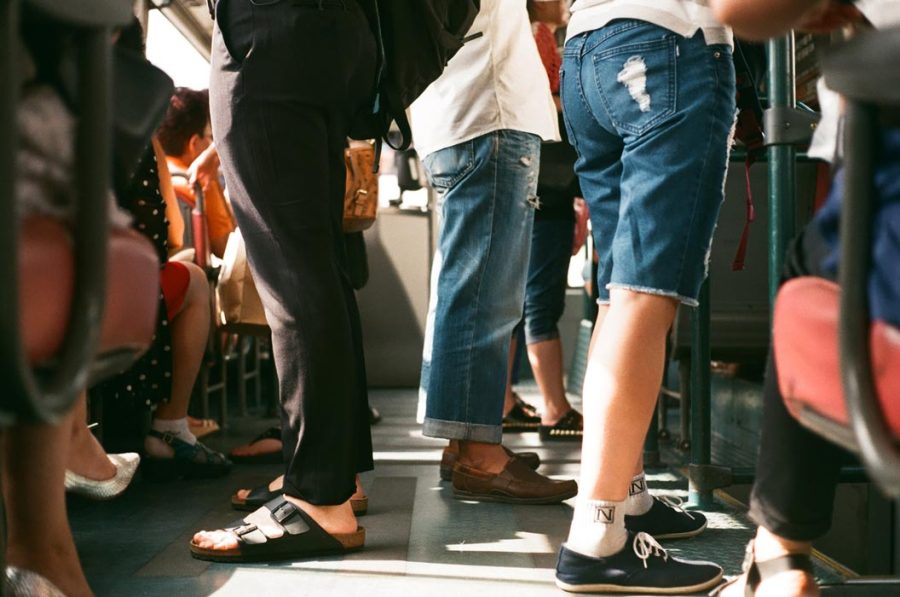
June 5, 2017
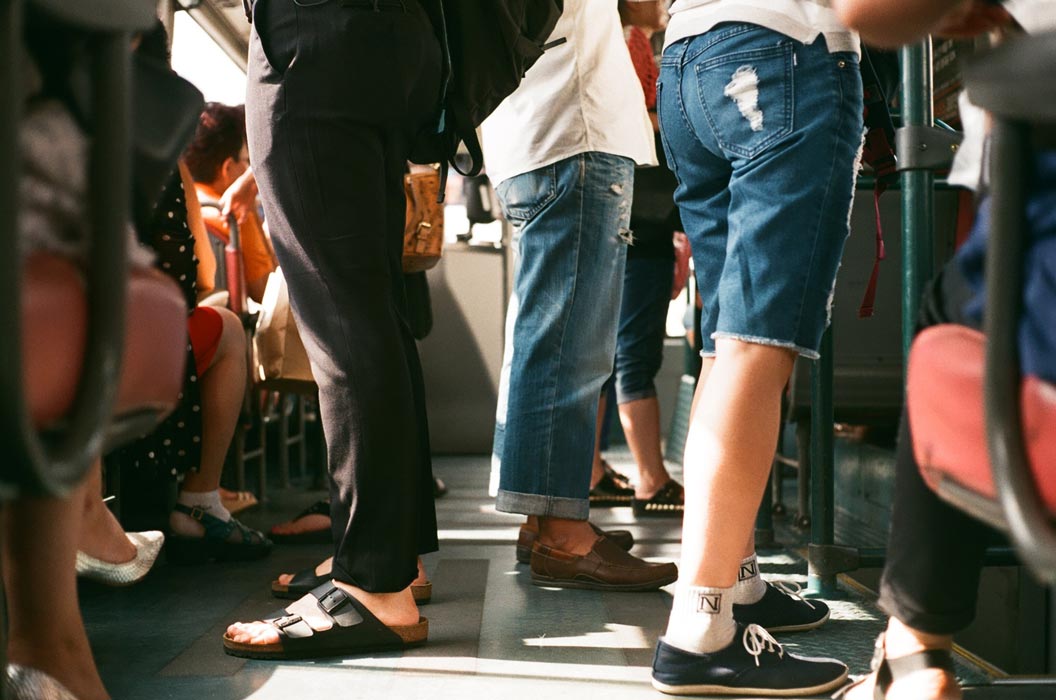
In an effort to attract new businesses, improve access to jobs, and increase quality of life, Indianapolis is moving ahead with its regional transportation project known as Indy Connect. The Red Line is part one of the Marion County Transit Plan and the groundbreaking is scheduled to happen this year with completion targeted for 2019.
“The Red Line will be a Bus Rapid Transit (BRT) that offers a fast, frequent, and comfortable transportation option that has been split into three separate phases,” IndyGo said. But what is BRT, and how will it affect the safety of not only frequent bus passengers, but all Hoosiers on the road?
What Is Bus Rapid Transit (BRT)?
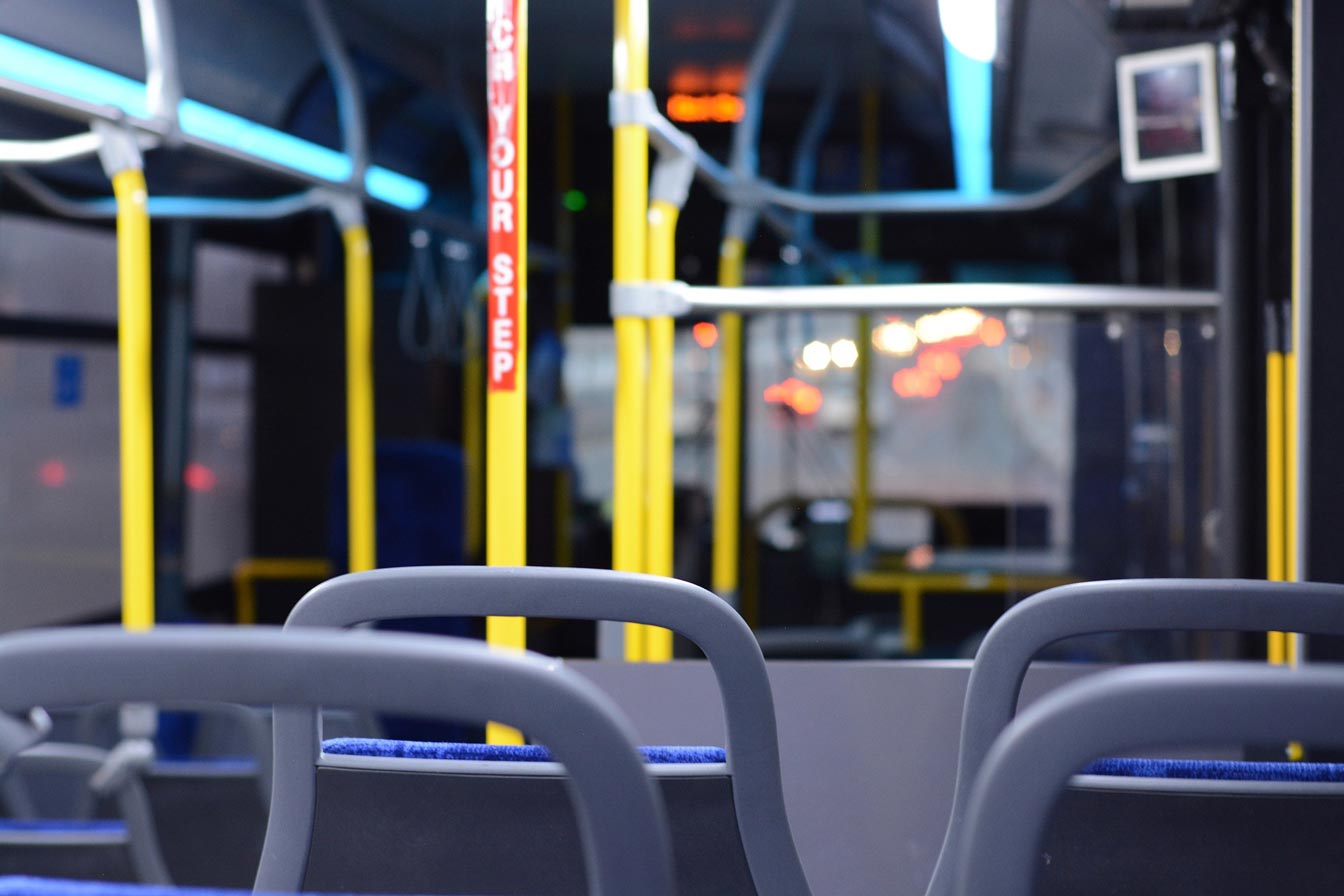
BRT is a fixed system of transportation based in metropolitan areas that relies on buses. Similar to light rail, BRT is typically a more cost-effective approach to increasing public transportation within a city and offers higher quality, more dependable transportation than typical bus services.
BRT systems utilize dedicated lanes in order to avoid traffic congestion. This means that, in some areas along its route, a BRT bus will be able to use a bus-only lane not only to avoid traffic, but also to avoid slowing down the flow of traffic for other drivers due to its frequent stops. BRT lanes are typically put in the middle lane to avoid creating conflicts with right-turn lanes.
BRT systems also increase efficiency because passengers pay their fee at the station like they would for a train, rather than when boarding the bus like they would in typical bus services. This helps reduce the amount of time spent boarding and makes BRT more reliable and therefore more likely to be popular with local travelers. BRT buses also typically have platform-level boarding, which makes boarding easier and faster for those in wheelchairs or for those pushing strollers.
In order for a BRT system to work, it needs to run through areas of dense activity—otherwise, few will use it. It also helps to have an established sidewalk system that makes it easy for passengers to access the BRT by foot.
Red Line’s Effect on Left Turns
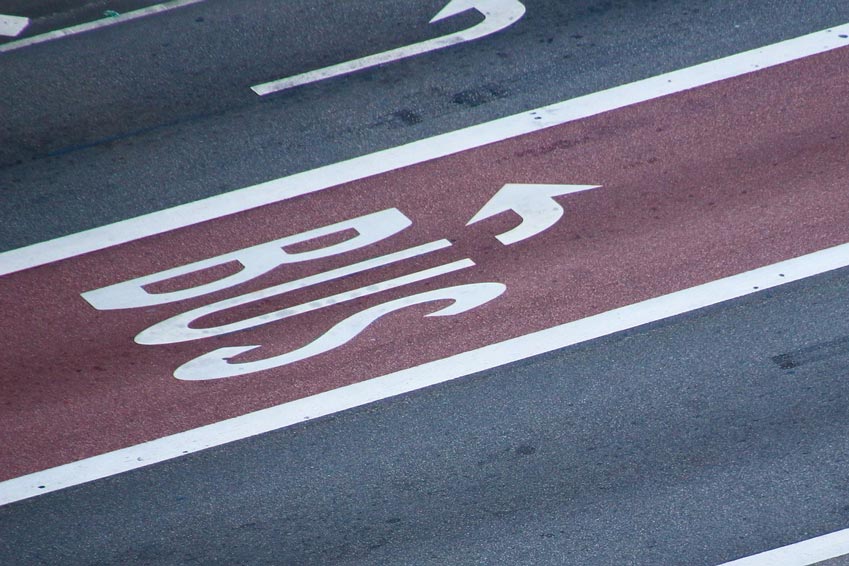
Dedicated lanes may pose a minor problem: although they will keep buses from slowing down traffic, they will also have to be well-marked in order to prohibit other vehicles from using them accidentally. However, the biggest effect the Red Line will have on existing traffic patterns is the restriction of left turns to signalized intersections.
Because the BRT’s dedicated lane will be in the center lane (where the median would typically be), there’s no way for cars to turn left to access side streets or homes or businesses situated along the road to their left. The BRT will act sort of like a permanent median would because cars will not be permitted to cross it. In fact, there will be a small median, 4 inches tall and 16 inches wide, which will prohibit cars from crossing the median. For the Red Line, left turns will be restricted along College Avenue from Broad Ripple to 38th Street and along Meridian Street from 38th Street to 18th Street.
That means that if you’re driving along Meridian around 25th Street and you want to access a building to your left, you probably won’t be able to unless you’re at a signalized intersection. IndyGo has anticipated this inconvenience and is planning on installing more traffic signals with left turn lanes and left turn signal capabilities (i.e. green arrows) to allow drivers to pass their intended destination and make a legal U-turn at the next signalized intersection.
Left turns are typically the least safe turn you can make, so limiting them to signalized intersections may actually increase traffic safety. However, drivers tend to be more concerned with making U-turns than with left turns because many don’t know whether or not U-turns are legal. However, Indiana law states that it is legal to make U-turns as long as they are not made at a point in which the car cannot be seen by traffic from either direction (e.g. on a curve or on the ascent or descent of a hill).
Red Line’s Effect on Businesses
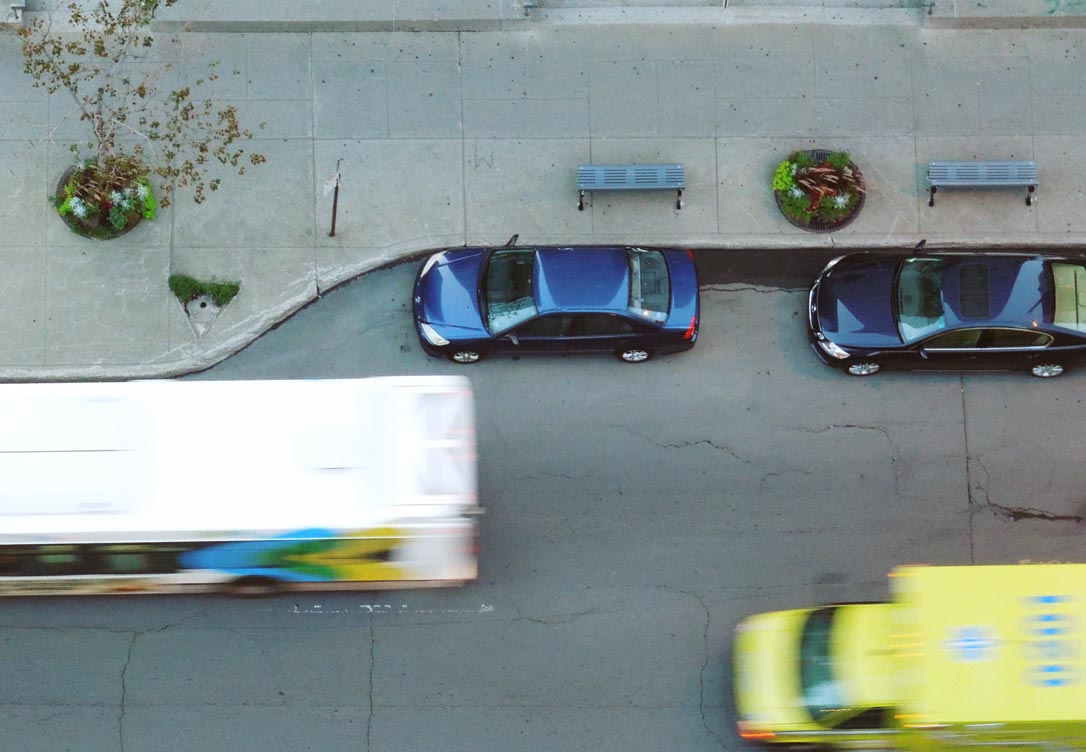
The goal of the Red Line and BRT systems in general is to increase mobility and help people get where they need to go. BRT’s use dedicated lanes to try to avoid inconveniencing other drivers and to help their buses stick closely to their scheduled stops. The hope is that a person will be able to board a Red Line bus and feel confident that they will arrive at their destination on time.
But what about the businesses between Point A and Point B? Local businesses on College Avenue, for example, are worried about how the Red Line will affect street parking options for their customers. Although the dedicated lanes will be in the center of the road, ramps will need to be put in place along the sides of roads so passengers can access boarding stations (which will be situated in the middle of the road between the two dedicated lanes). The Red Line also plans to add some landscaping along its routes which may affect parking options. Currently, the Red Line FAQ page states that around 95 percent of existing parking will be maintained on College Avenue, although it does state that the current parking report is being updated.
And what about areas where the dedicated lanes aren’t in the middle of traffic? Downtown, the Red Line’s dedicated lanes will run in many areas along the right side of the road, possibly affecting people’s ability to turn right or access businesses along the right side of the street. In some areas, it appears that the Red Line will have dedicated lanes going both ways down a one-way street, possibly confusing other drivers.
Public Transportation and Traffic Safety

The goal of any public transportation project is to increase accessibility for passengers with a safe, efficient, low-cost, dependable form of transportation. BRT systems aim to do just that. Although still early in its implementation, it’s important to evaluate a project like Indy Connect to anticipate how it may affect traffic safety. Since the Red Line is just Phase One of the project, it will be a great opportunity to see how the BRT affects traffic and mobility and to take any lessons learned to make Phases Two and Three even better for the city.
With a project like the Red Line comes, of course, construction zones. It’s important to stay focused on the road, reduce your speed, and increase your following distance in construction zones to avoid a car accident. Even after construction, with more buses on the road and new traffic patterns to get used to, it will be more important than ever to stay alert and drive defensively.
If you do get into a car accident, however, an experienced Indiana car accident attorney can help. Even if you’re a passenger on a new Red Line bus, if you sustain injuries in an accident, you’ll likely need the help of a skilled attorney to get the compensation you deserve. Call Hensley Legal Group today or contact us online for a free consultation.